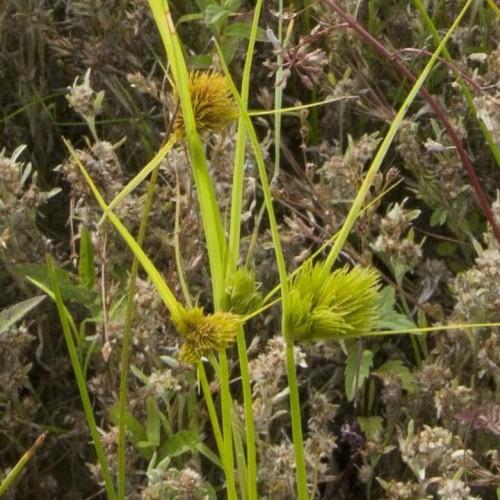
Many Headed Sedge
Carex sychnocephala
Watering:
Minimal
Hardiness Zone:
Sun:
full sun,part shade
Leaf:
Yes
Growth Rate:
Low
Salt Tolerant:
Yes
Care Level:
Medium
watering
Prairie Straw Sedge should be watered every 3 to 4 days during the warmer seasons, and once a week during the cooler months (October-March). Watering should be slow and consistent, ensuring that the plant receives adequate moisture. Avoid applying large amounts of water at once, as it can cause root rot. If soils become too dry, the plant may begin to wilt, but this can easily be reversed by a deep soaking with water.
sunlight
Prairie Straw Sedge (Carex suberecta) grows best in full sun, meaning that it should be exposed to at least 6 hours of direct sunlight throughout the day to thrive. It should not be planted in areas with too much shade or during the hottest parts of the day when the sun is at its strongest. The ideal time for sunlight is from mid-morning until early afternoon. Avoid placing it in places exposed to late afternoon sun or near other plants that cast shadows and block sunlight throughout the day.
pruning
Prairie Straw Sedge (Carex suberecta) should be pruned twice a year, in the late spring and in the late summer. In the late spring (April to May), prune away stems that have died or been damaged by winter cold or other environmental stressors. In the late summer (August to September), prune any flower heads that have gone to seed, as well as any dead stems. When pruning, make sure to not take off too much of the plant, as it will struggle to grow and replace the pruned material.
